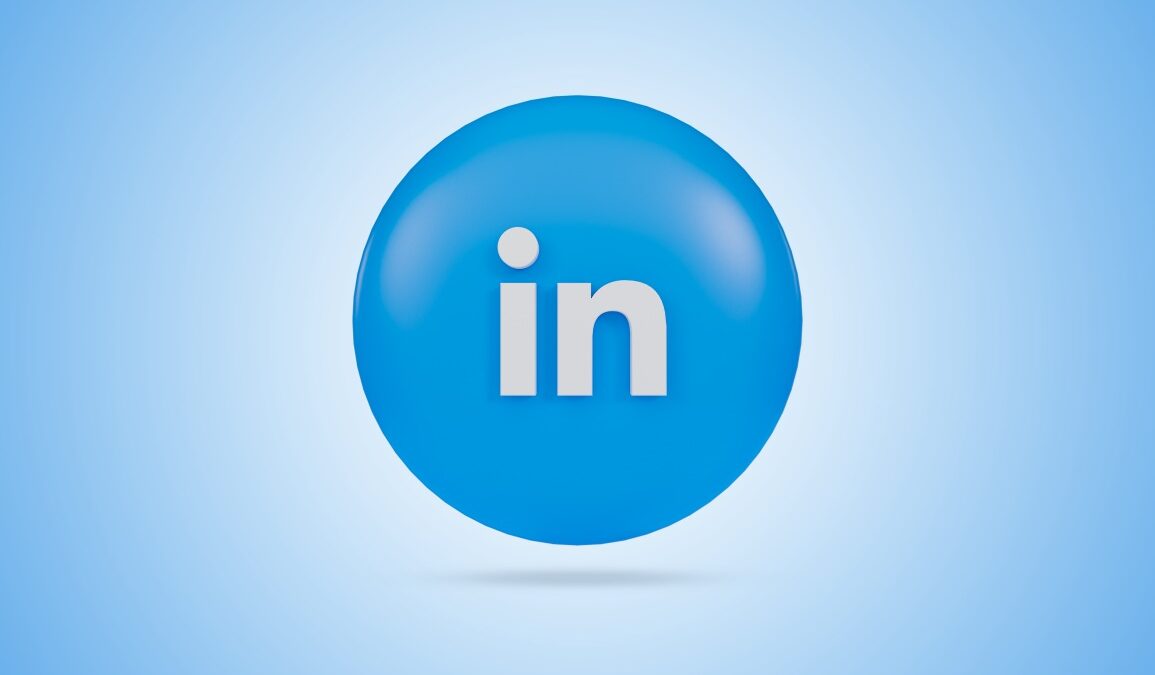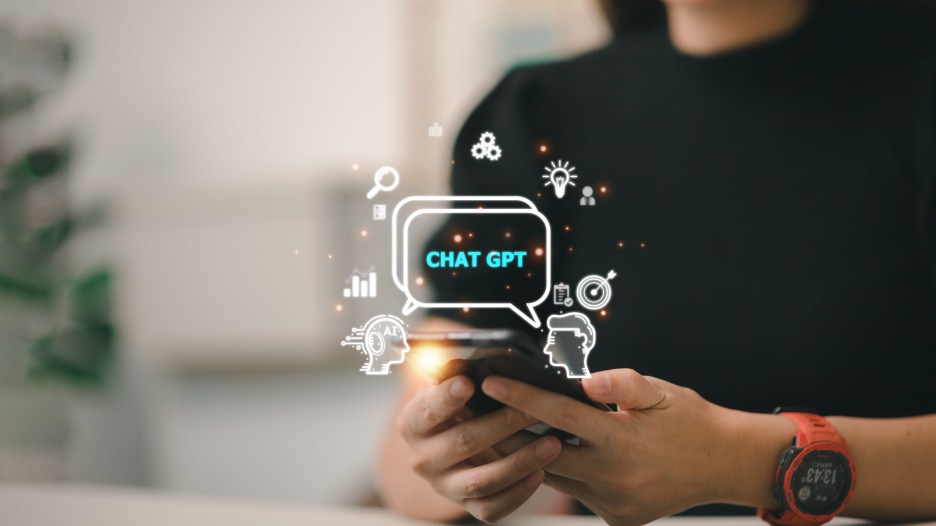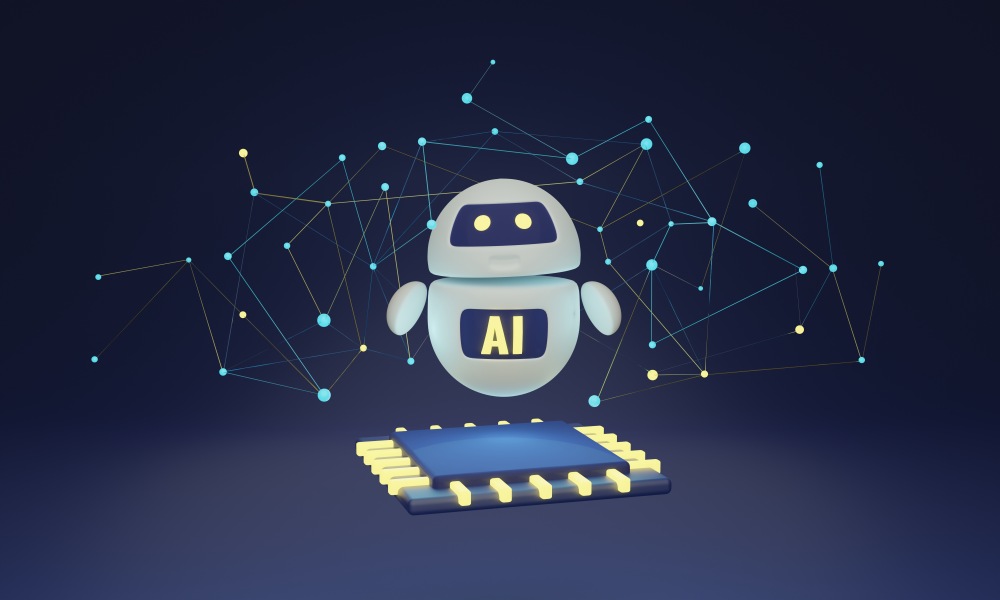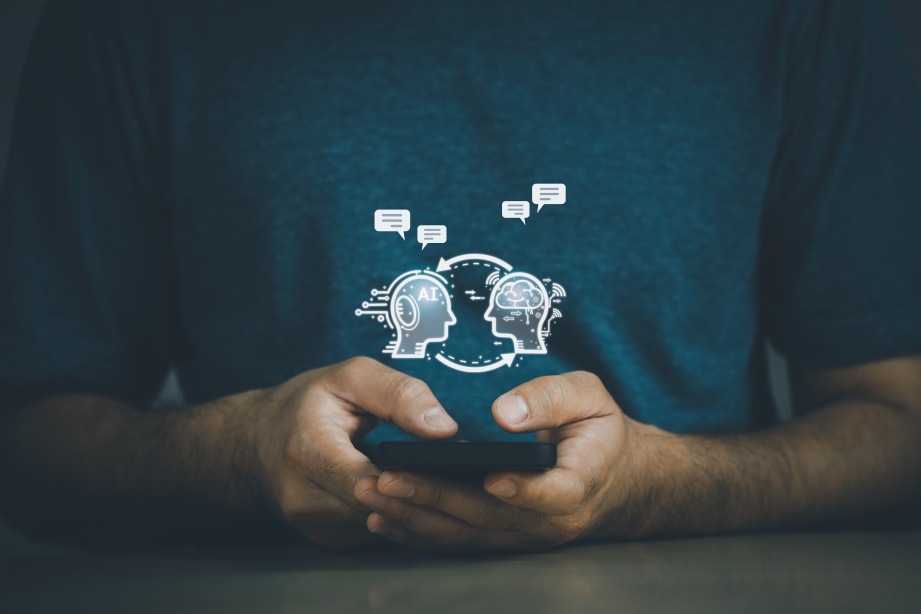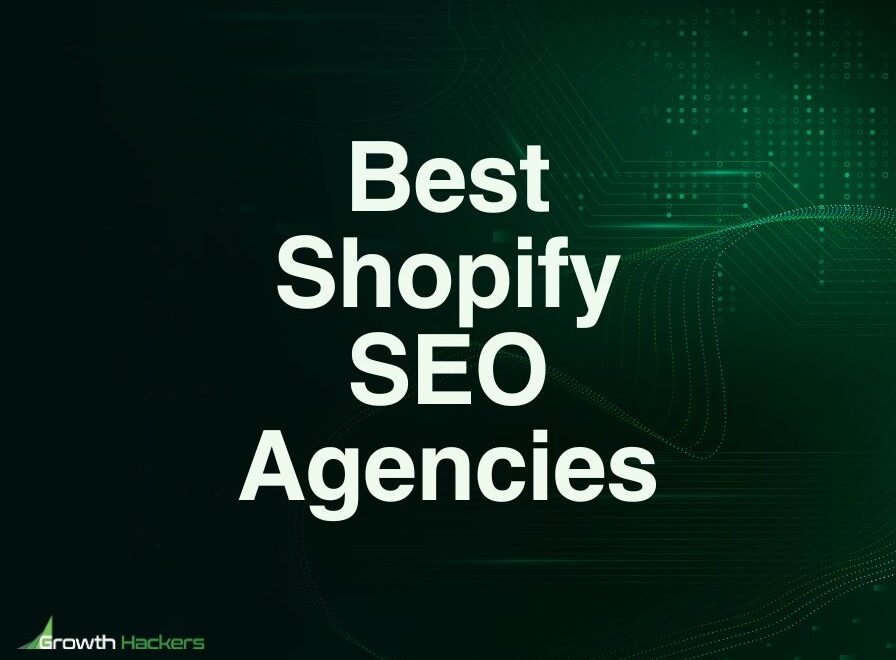We’ve all been interested for a while now in understanding the potential of AI within business. Some have been early adopters, whilst others struggle to see exactly how it could fit. Many of us feel it is a strategy driven from the top down.
But I feel like the landscape has just dramatically shifted. AI is filtering down, becoming more readily available to managers and executives, the people that deliver the goods.
Suddenly we find ourselves in a world where it’s easy for us to embrace AI and come up with ways to adopt it in our everyday roles.
And why do I think this? It’s all thanks to ChatGPT.
A new team member?
Take marketing as a function.
With the advent of ChatGPT, AI has suddenly become something we can see, feel, touch, and play with as marketers.
AI is no longer just an algorithm built into Google Ads that decides on the best copy for our ads, or an email marketing feature to decide the winning title for an email.
Thanks to ChatGPT, AI is something we can control, use and develop, working with it as part of our team – rather than letting it do our job for us. We’ve just gained a new team member, and an inexpensive one at that. A team member that has all the benefits of malleability, enthusiasm and relentlessness.
And, like with any new team member, the best managers will quickly discover how to get the best out of it.
Chat GPT can write blogs, respond to enquiries, create product descriptions, ads, and do a whole lot more. There are so many ways to use ChatGPT in marketing, that as marketers, we owe it to our profession to get exploring.
And if you’re more into customer support? Then AI certainly has its place there too (in fact customer service departments are the largest adopters of automation technology), and can help speed up your customer service, giving you greater Kudos and client satisfaction.
Use cases for ChatGPT seem endless. Students can use it to complete assignments, developers to convert unstructured data to a structured data format, producers to help make movies, and ChatCPT can even replace search engines like Google. Although, this last one is already being debated with the common view that Google is powerful enough to win that particular race. We all look on with anticipation.
AI & Automation
The proliferation of marketing automation tools over the past 5 years has been incredible to watch. I am informed of new ones almost on a daily basis.
It seems to me that once any cool new marketing automation SaaS product is launched, very soon after, others will follow. The ensuing battle is over who can scoop up the biggest market share and make the most noise – and ultimately, money from it.
Here lies an opportunity. Automation is all about saving time and scaling output to increasing visibility. And it’s evolving fast.
Marketing automation is rocketing, with a 17.9% projected growth rate in the next 5 years. By the end of this year the global marketing automation market is expected to grow to $39.1 billion. With 79% of companies using automation in some way within their business, marketing automation drives a 14.5% increase in sales productivity, and a 12.2% reduction in marketing overhead costs.
The fact is, it’s here to stay, and it’s only getting bigger. Companies using automation cleverly are reaping the rewards, and those that aren’t, need to get on the bandwagon fast.
But pair automation with AI and you’ve got an even more wonderful thing there.
Looking to streamline your LinkedIn outreach and grow your professional network faster?
Contact Growth Hackers
AI and LinkedIn Automation
Let’s take LinkedIn automation as an example. LinkedIn automation tools can automate your LinkedIn outreach activity for you.
Why send connection requests one at a time, typing each one out manually, when you can define your message and set it to automatically send your connection requests for you?
Why spend the time telling customers on an individual basis about your brilliant new product, when you can inform everyone en masse at the push of a single button, with the end result being the same?
Since when did we send out our marketing emails one by one? We all know it rarely makes sense when there are tools that can help save us huge amounts of time and cost, and increase numbers to scale our growth.
And for those of you that think LinkedIn automation is impersonal and spammy? That’s only if your strategy is impersonal and spammy. Sales Navigator allows you to hit a really tightly defined audience, and by narrowing down your audience you can be super relevant with your messaging. There really is no excuse.
Add to this relevance the personalization techniques available, and people will think that you’ve hand written each connection request with them specifically in mind.
And the stats prove it, response rates using LinkedIn automation are as high as 85% with the right LinkedIn nurture strategy.
So, imagine this:
LinkedIn automation gives us the power to scale our outreach activity, which results in growth by the very virtue of playing the numbers game.
AI gives us the power to improve our conversion rates by optimizing our approach, whilst removing more of the manual processing that automation itself is not clever enough to deal with.
Suddenly we’ve gone from 10x activity with automation alone to 10x activity and 3x conversion rates by combining automation and AI together.
That’s a total improvement of 30x the results we were getting before the use of technology.
And the exciting thing is, it’s coming.
Take your LinkedIn strategy to the next level and watch your network grow with AI and automation!
Early Use Cases
Dux-Soup has been the first to announce that they are building AI into their LinkedIn automation tool and it will be available this year.
At its early stages, their AI will focus on continuing to reduce the LinkedIn manual tasks:
- Deciding which LinkedIn profiles should be added to a campaign, and automatically adding them.
- Automatically qualifying prospects in or out of your funnel based on their responses
- Reflowing prospects back into campaigns based on their responses
- Answering simple questions asked over LinkedIn
Ultimately AI has become more reliable, so as marketers, we can start trusting it to make the right decisions, providing you give it enough of the right datasets.
In order to decide which profiles to enroll in a campaign for example, you need to feed the AI enough examples for it to learn from.
Similarly, in order for AI to decide which prospects to qualify in, or out, you will need to teach it how to deal with specific words or phrases. AI can learn, but only if it is given the right input from us.
But what an exciting development. We’re starting to let a machine make decisions for us, and pretty soon we’ll be reaping the rewards. More time, yet again, to think strategically and plan our next game changing marketing tactic.
The Long Term Game Plan for Ai and LinkedIn Automation
The next obvious step with AI will be to use it to optimize our sales messaging.
This can include creating personalized greetings, relevant product or service information, and even suggesting next steps once a conversation starts flowing.
For example, an AI model can be trained to recognize certain keywords or phrases in a message and respond with a pre-written response that is relevant to the content of the message. Additionally, AI can assist with identifying patterns in successful messages and suggest similar language or approaches to sales reps. This can help to increase conversion rates and improve the overall efficiency of the sales process.
However, there are potential pitfalls. Automated responses may not be able to fully understand the context of a message, which can lead to irrelevant or inaccurate responses. And AI models are not perfect and may have biases in the language and responses they generate. It’s important to be aware of this and monitor the AI’s performance to ensure that it’s not making any inappropriate or offensive responses.
On another note, to speed up the process, CEOs, entrepreneurs and marketers boost their LinkedIn profiles by purchasing followers and likes. We strongly recommend NOT to buy LinkedIn connections or likes because in the short term, you might see a boost but in the long term, it will be detrimental as those are not genuine people.
There are several companies that already offer AI-powered tools for automating certain aspects of LinkedIn, such as message responses. Tools that use AI to analyze a person’s LinkedIn profile and provide personalized communication tips, or those that use AI to help sales reps find and engage with potential customers on LinkedIn are prime examples.
So the future of AI is bright, and the future of AI with automation is even brighter. Don’t sit back and watch it happen around you, get involved and start using it.
Why not try it in your advertising strategy to bring new leads into your business? Create some ad content using AI, some using humans and see which one gets the best conversion rate?
Or, test it out with your LinkedIn campaigns – run 2 outreach campaigns, one with human content, one with AI content and see which one performs better.
As marketers, I feel that more than anyone else we should be investing time to learn new tricks and explore what impact they can have on the results we deliver.
And as a final thought, a section of this blog has been written by ChatGPT. Can you tell which one? I’d be interested in your guess.
Growth Hackers is an award-winning LinkedIn advertising agency helping businesses from all over the world grow. There is no fluff with Growth Hackers. We help entrepreneurs and business owners use AI and LinkedIn automation, increase their productivity, generate qualified leads, optimize their conversion rate, gather and analyze data analytics, acquire and retain users and increase sales. We go further than brand awareness and exposure. We make sure that the strategies we implement move the needle so your business grow, strive and succeed. If you too want your business to reach new heights, contact Growth Hackers today so we can discuss about your brand and create a custom growth plan for you. You’re just one click away to skyrocket your business.

